Pluto Chair Adjustment Specifications
Synchro Tilt: 95°~115°
Seat Height: 450~520mm
Leg Frame Length: 625mm
Overall Height: 1145~1215mm
Headrest Adjustment: 35°
Seat Depth: 460mm
Load Bearing: ≤125KG (271lbs)











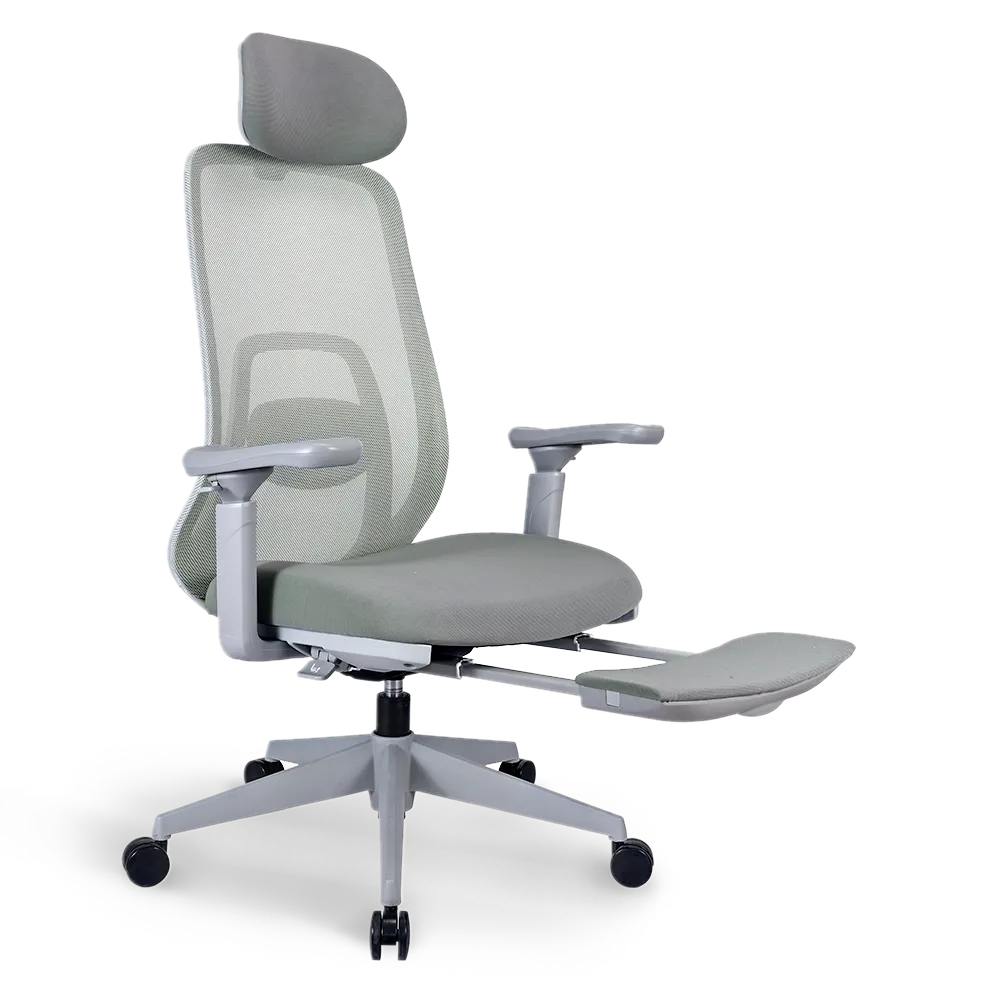







Add a pop of color to your workspace with the Flujo Pluto Ergonomic Chair, a perfect blend of style and comfort. Its vibrant design not only enhances your office aesthetic but also brings energy and creativity to your work environment.
This product comes with Flujo's Local 3-year Standard Warranty. For easy enjoyment of the Warranty, please register your Flujo Warranty here.
You can add the installation service to your shopping cart to checkout together.


Plush Cushion Comfort
The Flujo Pluto Ergonomic Chair features a plush, supportive cushion seat that molds to your body for maximum comfort during long work hours. Its high-density foam construction ensures durability while maintaining a soft and cozy feel, perfect for all-day seating.
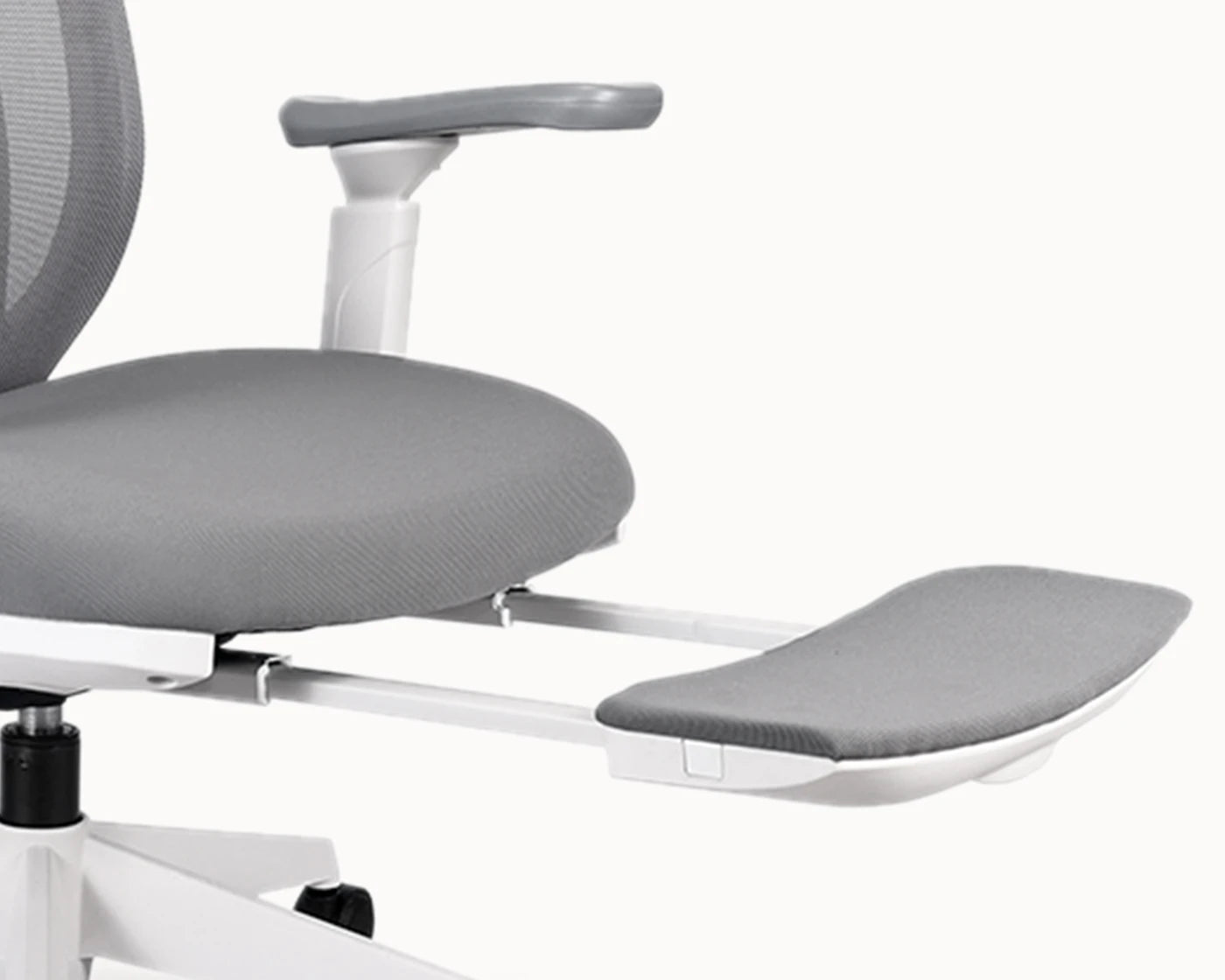
Extendable Leg Rest
The Flujo Pluto Ergonomic Chair includes a convenient extendable leg rest, allowing you to stretch out comfortably during breaks. Designed to support your legs and enhance relaxation, it makes long hours at the desk more enjoyable and rejuvenating.
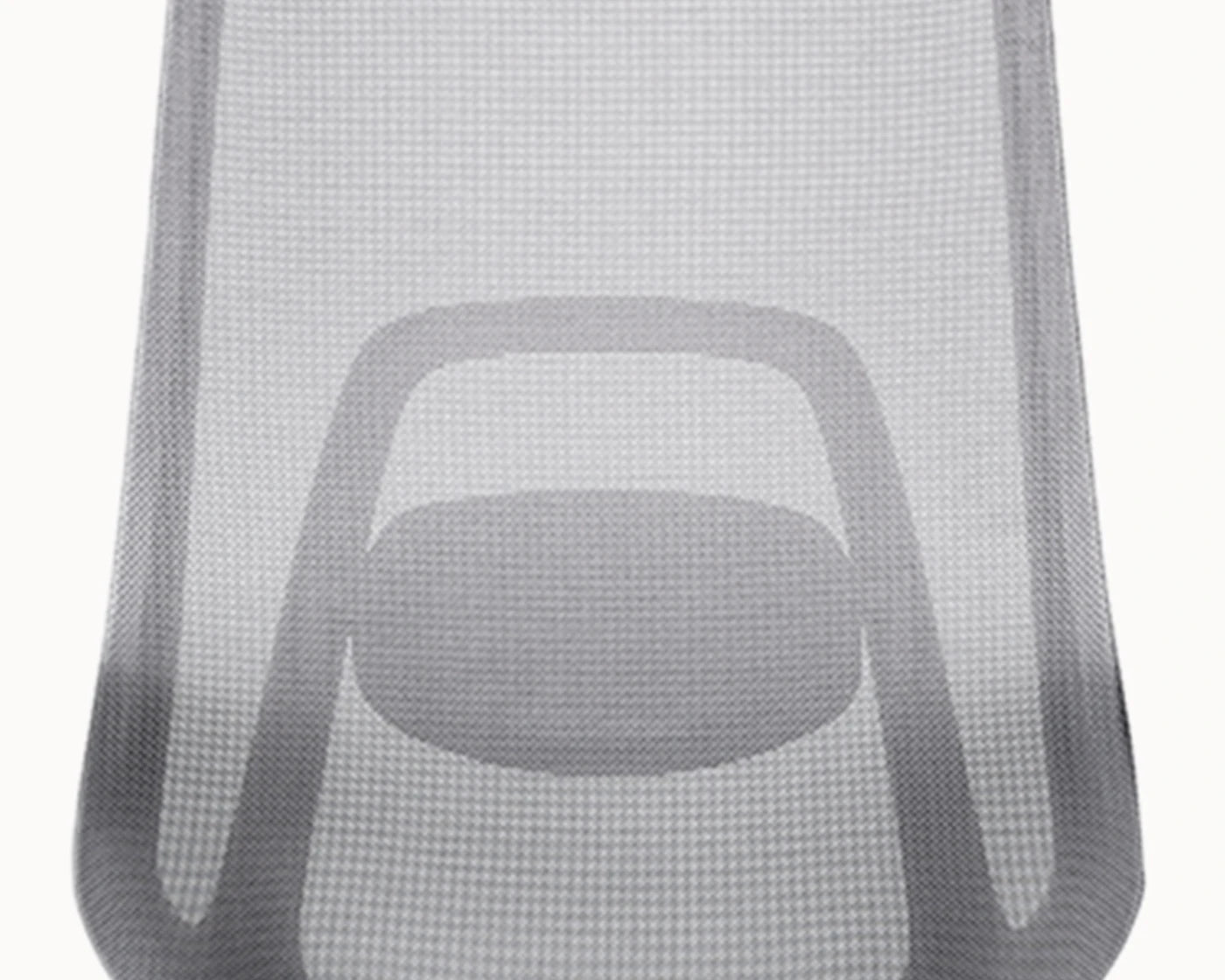
Adaptive Lumbar Support
The Flujo Pluto Ergonomic Chair features adaptive lumbar support, designed to contour to your lower back for optimal support and posture alignment. Its adjustable design helps reduce strain, ensuring comfort throughout your workday.

180° Adjustable Armrests
The Flujo Pluto Ergonomic Chair is equipped with 180° adjustable armrests, allowing you to customize arm support for various activities and positions. This flexibility enhances comfort, helping reduce shoulder strain and providing ideal support for long hours of use.

Improved Posture
Ergonomic mesh chairs are designed with adjustable features that conform to the user's body, promoting proper alignment of the spine. By maintaining a neutral spine position, these chairs help prevent postural problems and reduce the risk of developing musculoskeletal disorders.

Enhanced Breathability
The mesh material allows for better air circulation, ensuring the user stays cool and comfortable. This improved breathability prevents excessive sweating and heat buildup, which can lead to discomfort during prolonged sitting.

Reduced Pressure Points
Ergonomic mesh chairs distribute body weight more evenly across the seat and backrest, which minimizes pressure on any one area. This can reduce the risk of pressure sores and improve blood circulation, preventing numbness and discomfort.

Lumbar Support
Many ergonomic mesh chairs come with adjustable lumbar support that conforms to the natural curve of the spine. This support helps alleviate lower back pain and reduces the strain on the lumbar spine, a common issue for those who sit for extended periods.
The reclining feature in ergonomic desk chairs offers several benefits for promoting better posture and reducing strain on the back. Here's how it works:
In summary, the reclining feature in ergonomic desk chairs promotes better posture by allowing for dynamic support, reducing pressure on discs and muscles, promoting relaxation, encouraging active sitting, and offering customizable comfort options.
While both ergonomic gaming chairs and office chairs aim to provide comfort and support during extended periods of sitting, there are key differences between the two in terms of adjustability, design, and intended use. Here's a comparison:
1. Adjustability:
• Ergonomic Office Chairs: Office chairs typically offer extensive adjustability, allowing users to customize various aspects of the chair to suit their individual preferences and ergonomic needs. This may include adjustments for seat height, armrest height and width, lumbar support, backrest angle, seat depth, and tilt tension.
• Gaming Chairs: Gaming chairs generally offer fewer points of adjustability compared to office chairs. While some gaming chairs may feature basic adjustments for seat height and armrests, they often lack the comprehensive adjustability found in office chairs.
2. Design and Aesthetics:
• Ergonomic Office Chairs: Office chairs are designed with a focus on functionality and professional aesthetics. They often feature a sleek and minimalistic design that blends seamlessly into office environments. The emphasis is on comfort and support for prolonged periods of desk work.
• Gaming Chairs: Gaming chairs are designed with a more aggressive and eye-catching aesthetic, often featuring bold colors, racing-inspired designs, and additional accessories such as built-in speakers or RGB lighting. While ergonomic considerations are still important, gaming chairs prioritize style and gaming-specific features.
3. Intended Use:
• Ergonomic Office Chairs: Office chairs are primarily designed for use in professional environments such as offices, conference rooms, and home workspaces. They are optimized for tasks such as computer work, meetings, and administrative duties, providing comfort and support for long hours of sitting.
• Gaming Chairs: Gaming chairs are specifically tailored for use by gamers during gaming sessions. They are designed to provide support and comfort during intense gaming sessions, with features such as adjustable armrests, reclining backrests, and lumbar support cushions. While they can also be used for office work, their design and features are geared towards gaming enthusiasts.
In summary, while both ergonomic gaming chairs and office chairs aim to provide comfort and support, ergonomic office chairs typically offer more extensive adjustability and are designed for professional environments, whereas gaming chairs prioritize style and gaming-specific features.
Seat depth and width are critical factors in the ergonomic design of chairs, contributing significantly to comfort, support, and overall posture. Here's how they play a role:
1. Seat Depth:
• Prevents Knee Pressure: Proper seat depth ensures that there is no undue pressure on the back of your knees. Ideally, there should be a small gap (about 2-4 inches) between the edge of the seat and the back of your knees to promote circulation and prevent discomfort.
• Supports Blood Circulation: Adequate seat depth supports healthy blood circulation in your legs. Insufficient depth can cut off circulation, leading to numbness and discomfort, while excessive depth can force you to lean forward, straining your lower back.
• Encourages Proper Posture: A seat with appropriate depth helps users sit back fully in the chair, providing better support for the lower back and maintaining proper spinal alignment. This prevents the tendency to perch on the edge of the seat, which can cause back strain.
2.Seat Width:
• Accommodates Varying Body Sizes: Proper seat width is essential to accommodate users of different body sizes comfortably. A seat that is too narrow can be restrictive and uncomfortable, while a seat that is too wide can reduce the effectiveness of the armrests in providing support.
• Enhances Comfort: Adequate seat width ensures that users have enough space to sit comfortably without feeling cramped. This is particularly important for maintaining good posture and preventing side-to-side shifting that can lead to discomfort and muscle fatigue.
• Improves Support: The right seat width allows for proper use of armrests, which are crucial for supporting the arms and shoulders. Properly positioned armrests help reduce strain on the upper body and promote a more relaxed sitting posture.
In summary, seat depth and width are essential elements in the ergonomic design of chairs, ensuring comfort, promoting healthy circulation, and supporting proper posture. By accommodating different body sizes and providing adequate space and support, these features help prevent discomfort and enhance overall well-being during prolonged periods of sitting.
When selecting materials for ergonomic task chairs, it's essential to consider both comfort and durability to ensure long-term satisfaction and performance. Here are some of the best materials that provide optimal comfort and durability:
1. Leather:
• Comfort: Leather offers a luxurious feel and conforms well to the body's contours, providing a comfortable seating experience.
• Durability: High-quality leather is highly durable and resistant to wear and tear, making it a long-lasting option for ergonomic chairs. It is also relatively easy to clean and maintain.
2. Mesh:
• Comfort: Mesh is known for its excellent breathability, allowing air to circulate through the backrest and seat. This helps keep users cool and comfortable, especially during long hours of sitting.
• Durability: High-quality mesh is both strong and flexible, providing good support without losing its shape over time. It is also resistant to wear and tear, making it a durable choice for ergonomic chairs.
3. Fabric:
• Comfort: Fabric upholstery is soft and comfortable, providing a pleasant seating surface. It is available in a wide range of textures and colors, allowing for customization to suit personal preferences and office aesthetics.
• Durability: High-quality fabric is durable and can withstand regular use without showing signs of wear. It is also easy to clean and maintain, especially when treated with stain-resistant finishes.
4. Memory Foam:
• Comfort: Memory foam provides excellent cushioning and support by conforming to the body's shape. It helps distribute weight evenly, reducing pressure points and enhancing overall comfort.
• Durability: High-density memory foam retains its shape and supportive properties over time, making it a durable option for ergonomic chairs.
5. PU Leather (Faux Leather):
• Comfort: PU leather offers a similar look and feel to genuine leather but is often more affordable. It provides a comfortable seating experience with a smooth finish.
• Durability: While not as durable as genuine leather, high-quality PU leather is still a resilient material that can withstand regular use and is easy to clean.
In summary, materials such as leather, mesh, fabric, memory foam, and PU leather provide optimal comfort and durability in ergonomic task chairs. These materials ensure breathability, support, and long-lasting performance, making them ideal choices for those seeking both comfort and durability in their seating solutions.
Ergonomic adjustments are crucial for ensuring comfort and proper support for individuals of all sizes. Here are the key ergonomic adjustments that should be considered for both petite and tall individuals:
1. Seat Height:
• Petite Individuals: The seat height should be adjustable to a lower range to ensure that petite individuals can sit with their feet flat on the floor, maintaining proper knee and hip alignment. A footrest can also be used if the chair cannot be lowered enough.
• Tall Individuals: The seat height should be adjustable to a higher range to accommodate longer legs. This helps ensure that the thighs are parallel to the floor and the feet rest flat, promoting good circulation and reducing strain on the lower back.
2. Seat Depth:
• Petite Individuals: Chairs with adjustable seat depth or shorter seat pans are ideal for petite individuals. The seat should be shallow enough to allow the user to sit back fully against the backrest without the seat edge pressing into the back of the knees.
• Tall Individuals: Adjustable seat depth or deeper seat pans are necessary for tall individuals to provide adequate thigh support. The seat should be deep enough to support the full length of the thighs without leaving too much space between the back of the knees and the seat edge.
3. Backrest Height:
• Petite Individuals: The backrest height should be adjustable to ensure that the lumbar support aligns with the lower back. Chairs with adjustable lumbar support can provide additional customization for optimal comfort.
• Tall Individuals: The backrest height should be adjustable to accommodate taller individuals. The lumbar support should align with the lower back, and the upper backrest should provide adequate support for the upper spine and shoulders.
4. Armrest Adjustments:
• Petite Individuals: Armrests should be adjustable in height and width to ensure that the arms can rest comfortably at a 90-degree angle. The armrests should be close enough to the body to provide proper support without causing shoulder strain.
• Tall Individuals: Armrests should be adjustable to a higher position to accommodate longer arms. The width adjustment should allow enough space for the arms to rest comfortably without being too close or too far apart.
5. Headrest Adjustments:
• Petite Individuals: If the chair has a headrest, it should be adjustable in height and angle to provide proper support for the neck and head, without pushing the head forward.
• Tall Individuals: The headrest should be adjustable to a higher position to align with the neck and head, providing support and preventing neck strain.
6. Footrest (for Petite Individuals):
• Petite Individuals: A footrest can be beneficial for petite individuals if the chair's lowest height setting is still too high. The footrest helps ensure that the feet are supported, promoting proper posture and circulation.
In summary, ergonomic adjustments such as seat height, seat depth, backrest height, armrest adjustments, headrest adjustments, and the use of a footrest are essential for accommodating both petite and tall individuals. These adjustments ensure proper support, comfort, and posture, reducing the risk of discomfort and strain during prolonged sitting.
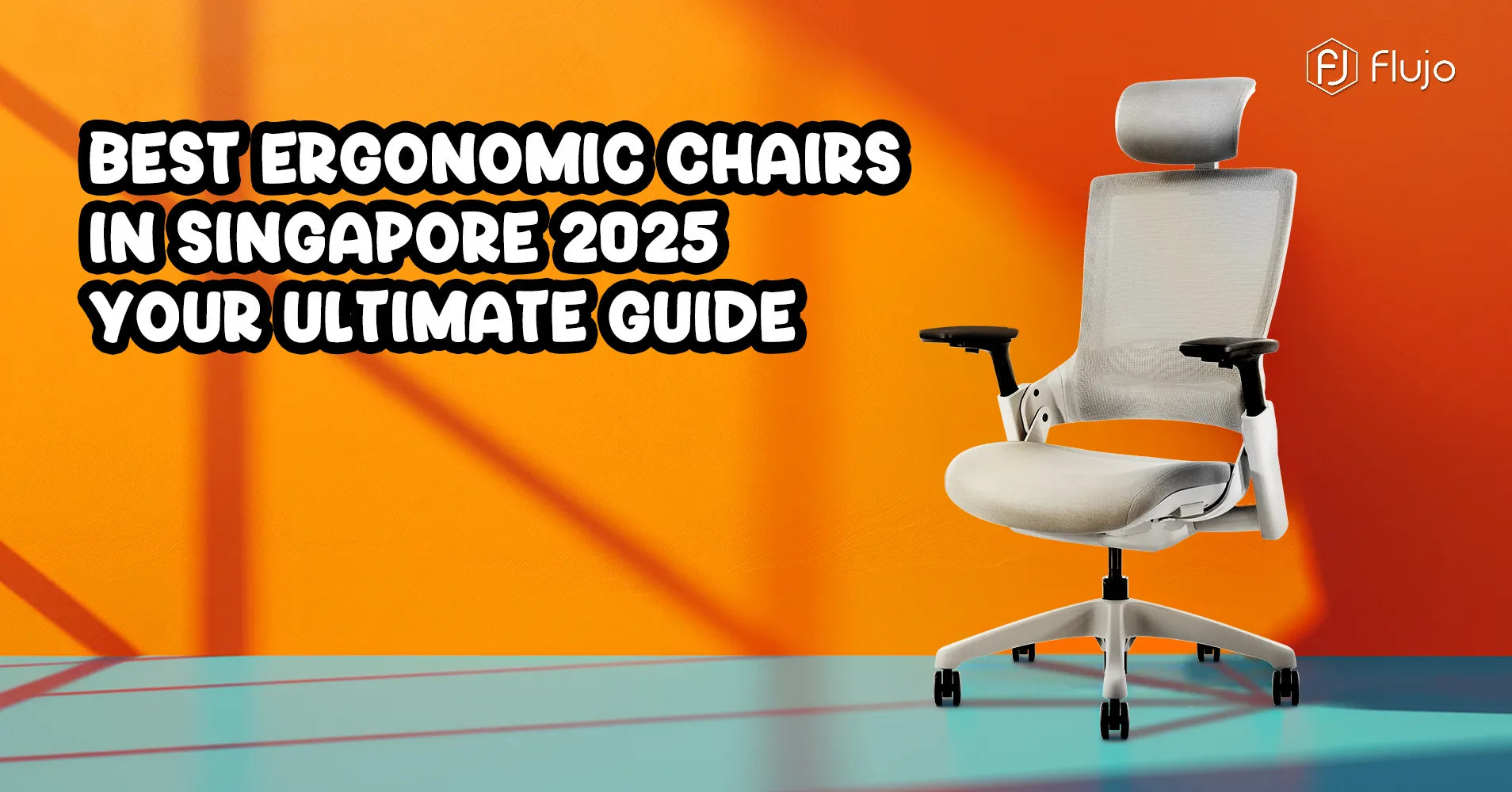
Best Ergonomic Chairs in Singapore 2025 – Your Ultimate Guide
Here are the top 15 best ergonomic chairs in Singapore for 2025, ranked: 1. Flujo Ángulo Ergonomic Chair · 2. SteelCase Gesture Chair · 3. Humanscale Freedom Task Chair...
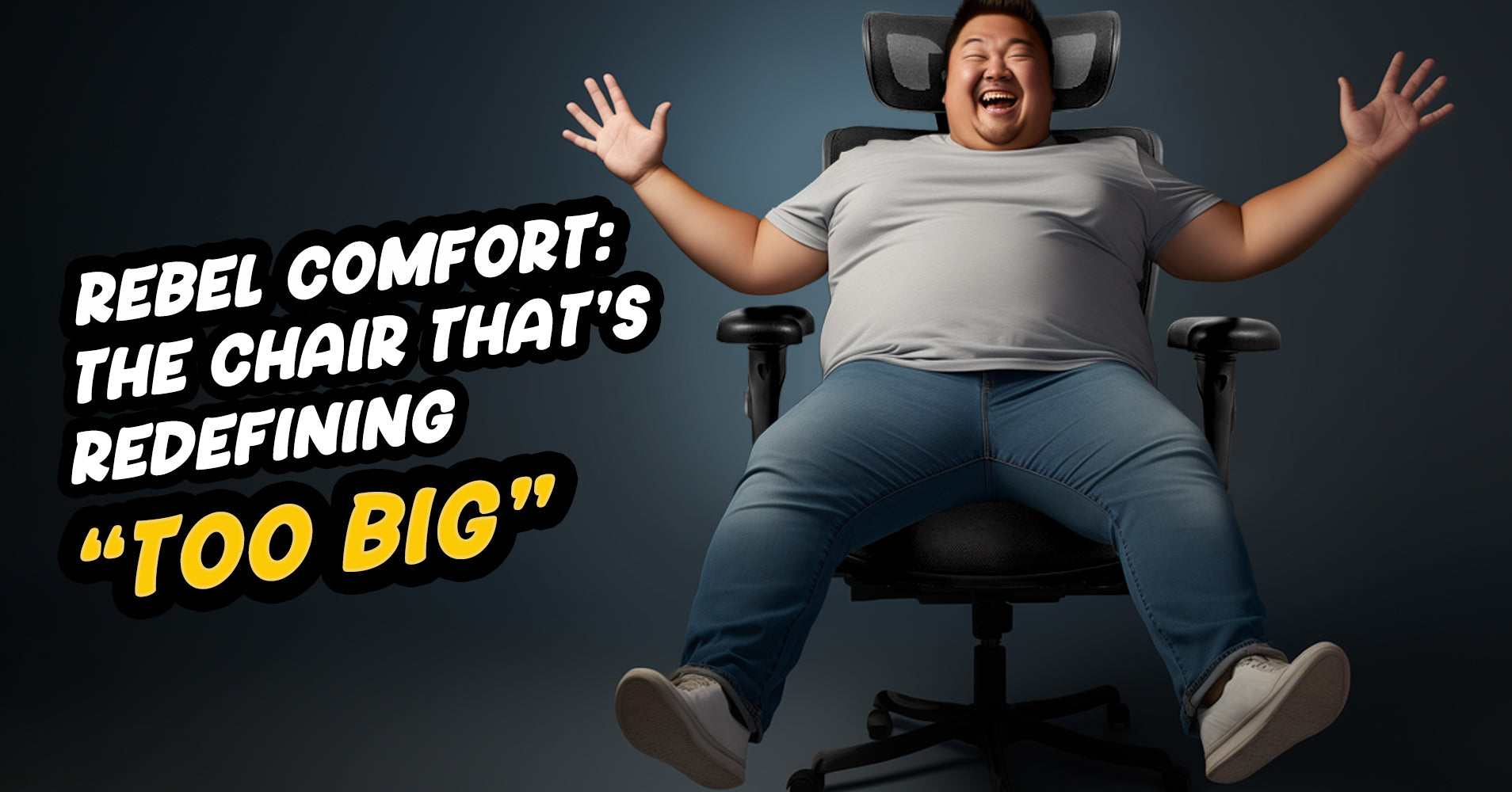
Breaking the Mold: The Flujo Ayla Chair Dares to Embrace the Forbidden 'XXL' in Ergonomics
The Flujo Ayla ergonomic chair exemplifies design excellence and inclusivity, offering the XXL community a perfect blend of support, comfort, and tailored ergonomics without compromise...

Office Chair Essentials for All-Day Comfort: A Guide to Ergonomic Features and Correct Posture
Ergonomics in office chairs is essential for ensuring they fit the user’s body and work environment, supporting correct posture, accommodating various movements, and reducing strain, ultimately enhancing health and productivity...